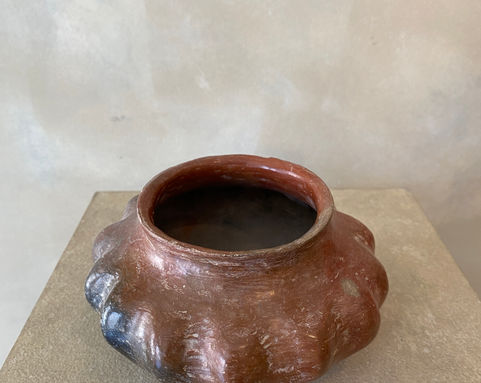PRE-COLUMBIAN ART
Ceramics & Terracotta
Before the arrival of the Europeans, a series of long-established and sophisticated civilizations flourished in North and South America. Beyond the more familiar civilizations such as the Incas and the Maya, smaller ethnic groups were able to develop their own distinctive cultures and artistic styles.
Pre-Columbian Art encompasses the artifacts created by indigenous peoples from the second millennium BC to the time of the arrival of Christopher Columbus in 1492, when the existing cultures were colonized by the Europeans.
A very large proportion of Pre-Columbian Art is made of terracotta, of which many examples have survived, especially from the traditions in Colombia and Ecuador, although the most prolific in South America were the ancient Peruvians, where terracottas span from 900 BC to the Spanish colonization.
Mexico has some of the most well-known ceramics are from the Maya, similar to ancient Greek pottery in that they feature great painted narratives on the vases, while Costa Rica has a very different but rich tradition.
Ceramics were frequently ornamented in a variety of different methods, from stamping, incision, excision and applique in geometric designs and motifs, to polychrome painting of ritual scenes with dignitaries and prisoners. Effigy urns and vases were also popular, depicting a variety of human, animal and imaginary characters.














